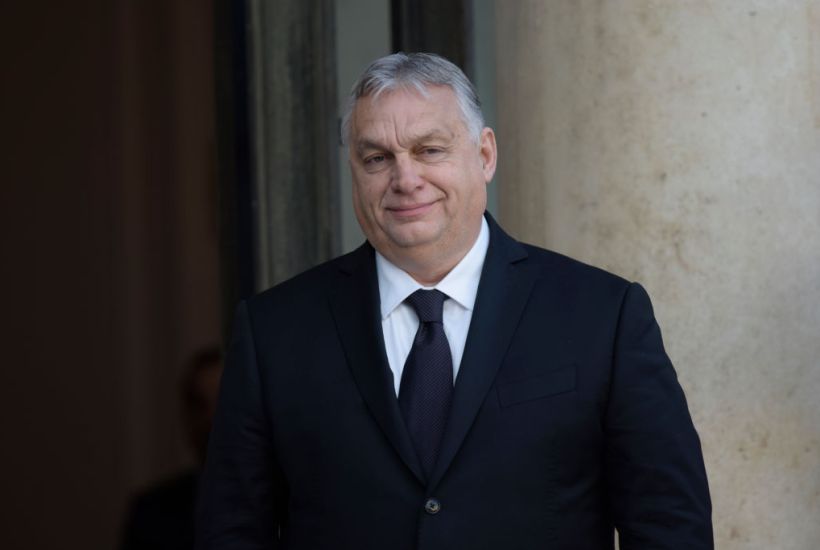The news that Hungary and China have signed a security pact, following a visit by to Budapest by Wang Xiaohong, Minister of Public Security, has been a long time in the making. In 2012, two years after beginning his second term as Prime Minister, Viktor Orban formally re-orientated Hungary’s economic and foreign policy under the slogan of the ‘Eastern Opening’.
Already a subscriber? Log in
Subscribe for just $2 a week
Try a month of The Spectator Australia absolutely free and without commitment. Not only that but – if you choose to continue – you’ll pay just $2 a week for your first year.
- Unlimited access to spectator.com.au and app
- The weekly edition on the Spectator Australia app
- Spectator podcasts and newsletters
- Full access to spectator.co.uk
Or




















Comments
Don't miss out
Join the conversation with other Spectator Australia readers. Subscribe to leave a comment.
SUBSCRIBEAlready a subscriber? Log in